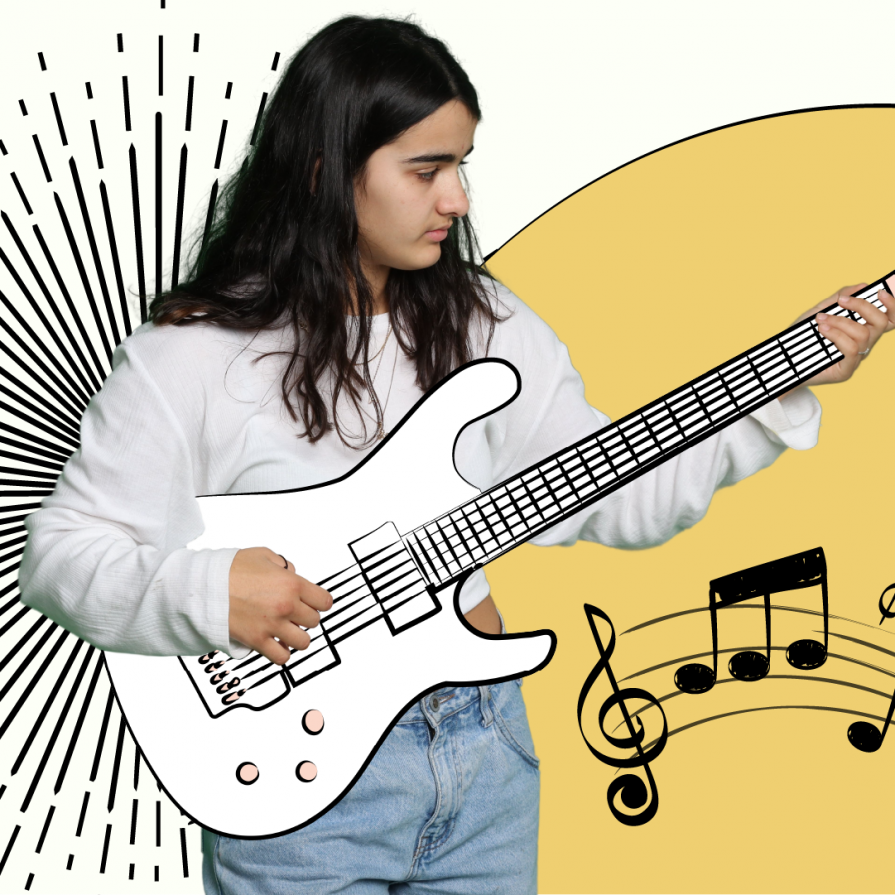Help me express myself creatively

Some ideas
Research shows that rangatahi / young people with access to the arts tend to:
-
have higher self-esteem and resilience
- have higher emotional intelligence and social skills
- get involved in volunteering
- have better job opportunities
Visual arts, kapa haka, theatre and music can have a very positive effect on rangatahi / young people facing tough challenges.
When we create something, we take what’s inside and put it out for the world to see, hear, experience, and enjoy. It can increase our understanding of who we are and share things we’ve kept private.
Creative cultural activities like kapa haka can grow confidence and understanding of ourselves and our history.
Research shows that rangatahi / young people with access to the arts tend to:
- have higher self-esteem and resilience
- have higher emotional intelligence and social skills
- get involved in volunteering
- have better job opportunities
Other benefits for rangatahi / young people of exploring their creativity include:
- providing a place to release emotion
- a healthy outlet for stress
- learning about their interests
- learning lifelong skills
- a pathway for those who might not take to traditional education
Creativity helps rangatahi / young people find their ‘place’ in the world. Here’s some ways you can help rangatahi / young people connect with their inner artist:
1. Encourage creativity for fun
Doing something creative isn’t always about making something. It can be about making yourself happy. So break out the paper and coloured pens, and let them throw themselves into creating without pressure.
A challenge like creating a picture in under a minute is a great way to give it a go without being serious.
2. Reward their work with praise
Art takes dedication, and dedication deserves praise. It’s a big deal that they trust you enough to show you their work, make sure you encourage them and say what you like about it.
3. Make space for them to create
Make sure there’s a special space where they can create. The end of a table, a kitchen bench, a desk, anywhere that can be put aside for them and their things for art, or a quiet empty space on the floor for other activities like dance will make them feel their creativity is special.
4. Give them supplies
You don’t have to spend heaps. You can find plenty of old pictures in frames at op shops rangatahi / young people could paint over. Go to the beach to see if there’s any interesting bits of wood to paint on. There are also plenty of great, affordable art materials you can find at places like Kmart or The Warehouse.
5. Take them to the library
Go with them to the library to find books on how to draw, how to write poetry, or whatever else they’re interested in. Rangatahi / young people can teach themselves how to create for free from the incredible resources at local or school libraries.
6. Take them to classes
Many libraries and art galleries run free and paid workshops on creative writing and art during school holidays. Sign them up so they can learn with others.
Alternatively, there are plenty of classes online they can enrol in. You can run your own classes by taking them to art galleries and getting them to recreate what they saw.
They might learn a dance or how to play a song on YouTube or other sites or they might get involved in one of the many cultural dance groups around the country. They may have opportunity through their school or the marae to get lessons in music or dance.
7. Help them share their work (if they want)
One rewarding part of making art is sharing it. This can be scary, especially for rangatahi / young people who have a lot going on in their lives. If they feel ready to share, help them hold an exhibition for friends, or enter a local competition or award. It doesn’t have to be a huge deal; they might read a poem at dinner. Start with small, supportive audiences first to build their confidence.

